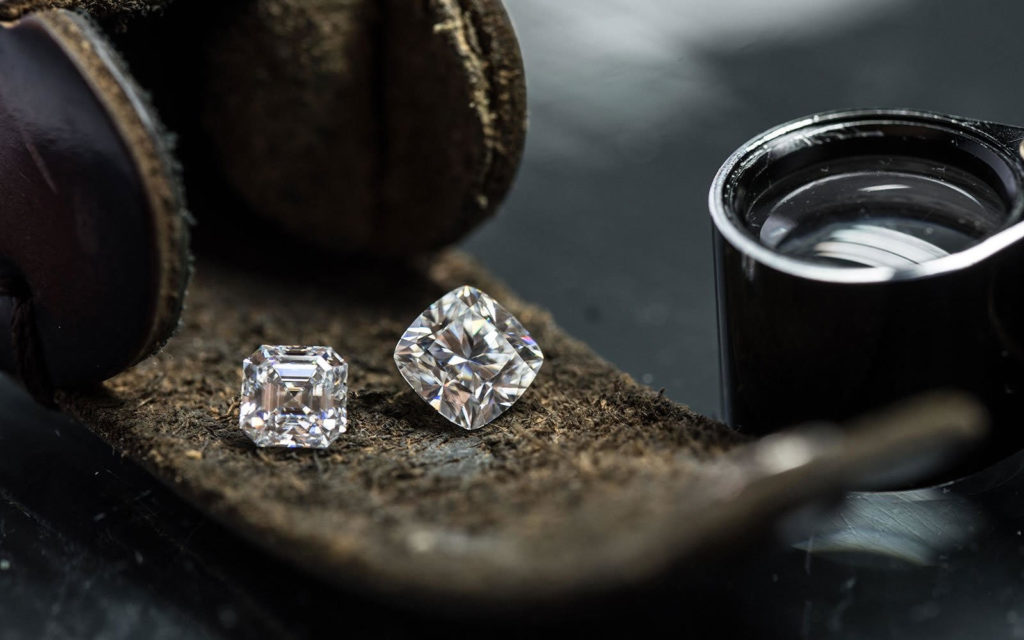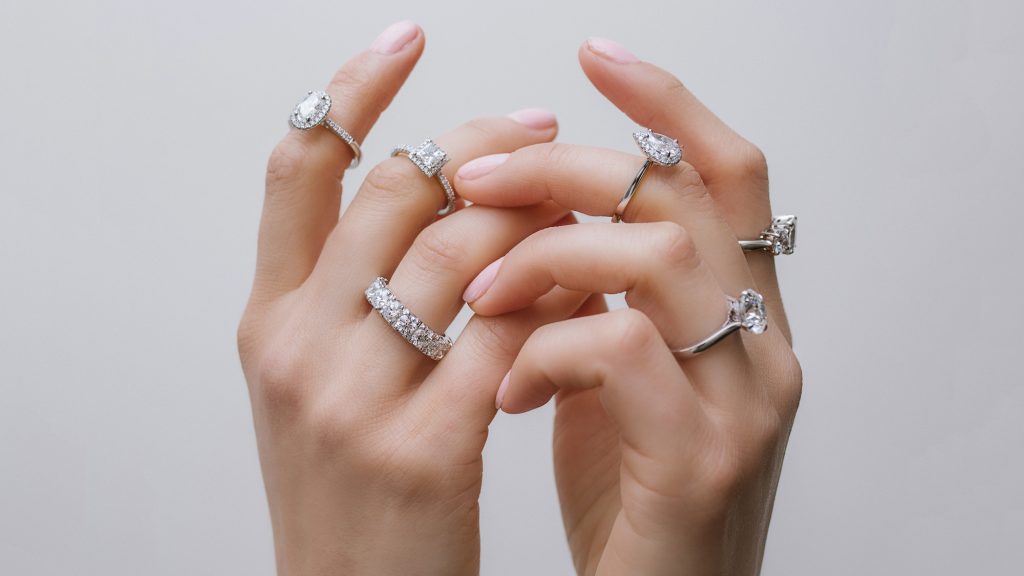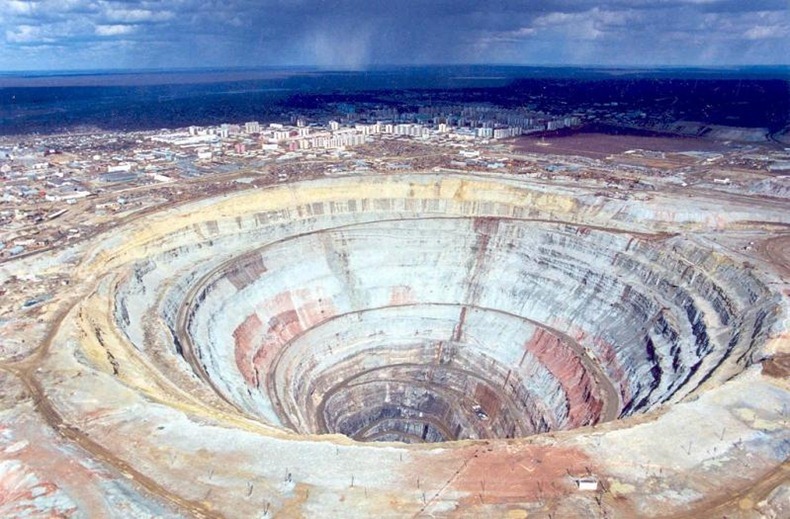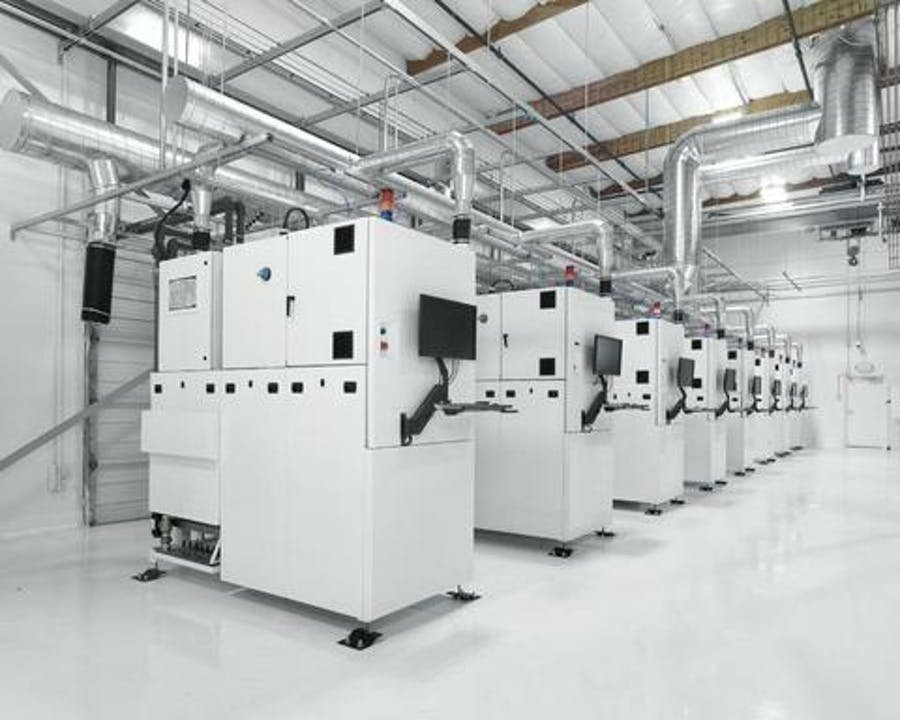
Is there a more emotionally driven purchase than that of a diamond engagement ring?
Probably not.
So, to justify the often unexpectedly high asking prices for diamonds, they have been seen and sold as a decent store of value, or even an investment, for the last century or so.
As with mined diamonds, whether an investment into a laboratory diamond will pan out to be financially sound comes down to the following:
- What you paid for the diamond.
- What laboratory diamond prices do in the future.
The Value Proposition of Laboratory-Grown Diamonds
Laboratory-grown diamonds are 100% real diamonds that differ from mined diamonds solely in origin. You can find all the information you need on laboratory-grown diamonds here (link).
Although there was uncertainty around market reception a few years ago, it’s abundantly clear these days that many couples are A-OK with laboratory diamonds.

*Some of our most popular lab-grown diamond engagement ring designs.
If you have two identical diamonds, one mined and the other laboratory-made, the laboratory-made diamond can sell at a discount of 70% or more.
That’s substantial.
So yes, technically, laboratory diamonds are “worth” less than a similar quality mined diamond, but they also cost less by the same margin.
The Price You Pay
If you overpay for a mined diamond, appreciation in diamond prices can take decades to get you close to any form of a breakeven price.
The same will hold true for laboratory-grown diamonds.
While writing this post, I ran through a simple exercise. I emailed a handful of jewellers asking for their prices on a +/- 1,00ct G VS2 round laboratory-grown diamond.
Prices differed from R20 700 – R51 850.
*For interest’s sake a mined diamond of this quality would cost you upwards of R100 000.
If you bought the R51 850 option… just know that a similar stone is available in the market for R20 700, and the market value of your investment is now: R20 700 at best.
I’ll never recommend choosing a jeweller solely on price, but prices are all over the show, and it’s worth your time to find a very competitive price at a trusted jeweller.
The Future of Diamond Prices
MINED DIAMONDS:
I foresee a decline in demand and, therefore, the prices of mined diamonds over the next few decades.
Surveys indicate that millennials will, on average, pay a premium of 37% for products that are “green” and eco-conscious.
That’s a double shot of triple-distilled problems for the mines.
- Mined diamonds are undeniably damaging to the environment and communities.
- They cost significantly more.
Will their demand drop to zero?
Never.
But I’m looking forward to seeing how diamond conglomerates try to market themselves out of this one!
Sidenote: Apart from special orders and requests, I’m not investing a dime into mined diamond stock for our jewellery studios. Lab Diamonds are the future.

*The abandoned Mir diamond mine in Siberia.
LABORATORY DIAMONDS:
The processes currently used to create diamonds in a laboratory are resource-intensive.
It’s far more economical than mining, but it’s not cheap by any stretch of the imagination.
General Electric won the race and created the first laboratory-made diamond back in 1954. That was 68 years ago.
So, the technology isn’t new and has been refined to a point where the processes used are optimised and standardised.
In a world where I won’t bet on decreasing energy costs, laboratory diamonds do have a base cost to manufacture them, and selling prices won’t drop below this figure for an extended period.
I honestly think that laboratory-grown diamonds are trading at a fair and sustainable price for manufacturers, jewellers and shoppers.

*Each one of these gigantic machines creates a single diamond over the span of 4 – 6 weeks.
“But someone told me laboratory-grown diamonds are worthless?”
It’s far from a commonly held view, but I have heard variations of this concern.
Once you’re up to speed with the fact that lab diamonds are 100% real and molecularly identical to their mined sisters, uncertainty seems to revolve solely around resale value.
As a starting point, the lab diamond market is very active and shows strong growth in demand, but also supply.
With the current technologies and the costs involved in manufacturing diamonds, I can’t see selling prices being driven down much lower on the wholesale side of things.
The second-hand market is a different story, but actually very similar to that of mined diamonds.
In practice, any John or Jane who has tried privately reselling a mined diamond will attest to the fact that people are very hesitant to buy a diamond if it’s not from a reputable dealer with some sort of guarantee or recourse in place.
And reselling it back to the jeweller you purchased the mined diamond from?
Good luck with that!
Here’s a little bomb, though…
Even if lab diamond prices were to drop to zero, chances are your loss would be less than when reselling a mined diamond you purchased from a jeweller.
Let me run you through two scenarios to explain.
Scenario 1
You buy a mined Round Brilliant 1,00ct D VS2 diamond from a jeweller for the very attractive price of R140 000.
Life happens, and you wish to resell the diamond a few years later.
You head out and get a few offers from jewellers and friends of friends.
The best offer by a long shot is 80% of the price you paid – R112 000.
You’re down R28 000.
And now officially diamondless.
Scenario 2
You buy the same quality diamond, Round Brilliant 1,00ct D VS2, in its lab-grown variety for a mere R22 000.
Some time between when you purchased the lab diamond and when you wish to resell, Aladdin finds that lamp and wishes for lab diamonds to rain down on Earth for 40 days.
Lab diamond prices drop to zero.
Your loss? R22 000.
There’s no reason to throw a party, but you’re R6 000 better off and still, the proud owner of a beautiful 1,00ct D VS2 diamond!
Sounds Good?
I agree.
They’re absolutely worth looking into. Especially when;
- You want much more (size and quality) diamond for your set budget.
- You are at a point where you’re consciously voting for a greener and cleaner planet with your purchases.
- Your budget doesn’t allow for your ideal diamond size and a quality mined diamond.
- This all sounds interesting.
More information on laboratory diamonds:
Browse Our Latest Lab-Diamond Specials (over 1 000 options)
Laboratory Grown Diamond Buying Guide (2022)
The 4C’s of Laboratory-Grown Diamonds
If you have any questions, I’m an email away at johan@poggenpoel.com
Take care.
Johan Poggenpoel
Co-Founder Poggenpoel Diamond Jewellers.
